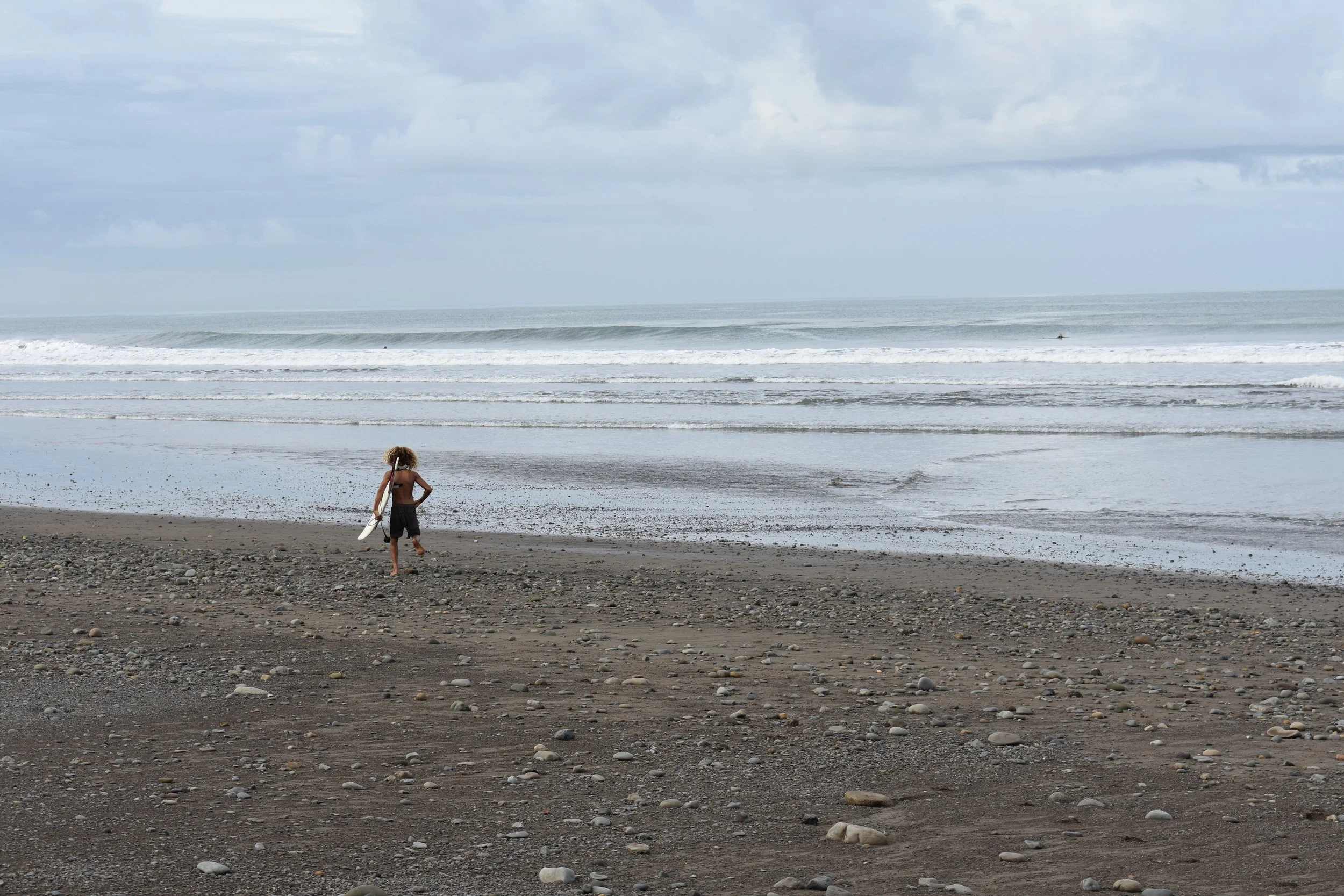THE VISION:
What DOES mindfulness look like to the student?
We keep it simple and on a child’s level. Safe, non-threatening, which is why the stillness starts with a butterfly, creating a comfortable space… safe, playful and happy.
The child begins with one word written on paper of ‘How I feel this morning’.
Next, we begin to slow the nervous system by focusing on breathing. Observing how the breath becomes soft and slow.
Using the power of the imagination, the child is guided through a playful scenario, interacting with butterflies in a field. The child hears positive affirmations of love, worth, acceptance, gratitude, and uplifting messages.
Repetition helps the child become comfortable with stillness. This familiarity makes it easier for the child to become more relaxed and absorbent in the quiet space.
New affirmations are added daily to change it up and keep their interest.
This structured, multisensory approach is supported by research indicating its effectiveness in promoting focus, self-regulation, and metacognitive skills.
Sessions last only 10-15 minutes, ending with gratitude. Child writes one word on the back of the paper describing, ‘How I feel after quiet space’, as a tool for monitoring effectiveness.
This practice can be used as a preparatory tool before assignments, tests and exams. It can be useful in helping children to navigate societal upheavals as well.
These practices offer a gentle, supportive way to help children build focus, emotional awareness, and a sense of calm… and, who couldn’t use a little more of that in the classroom, or at home?
Would you like to be part of this valuable shift for humanity?
* SEE COURSES TAB FOR SAMPLE MEDITATIONS*

Scientists are finding that
acknowledging gratitude is enough to change the chemistry in your brain,
allowing daily functions to be more effective.
